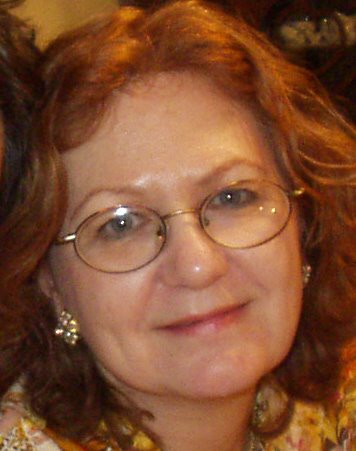Hatfield Barn
 I took a ride up to Deerfield today, to the Channing Bete Company. They've offered me a temporary assignment, and I think I'm going to take it. I've long been fascinated by the place, and now that I'm getting rather involved in writing for the medical market, I'm doubly interested. (CB has the market cornered on those little pamphlets you pick up in the doctor's office, for one thing.)
I took a ride up to Deerfield today, to the Channing Bete Company. They've offered me a temporary assignment, and I think I'm going to take it. I've long been fascinated by the place, and now that I'm getting rather involved in writing for the medical market, I'm doubly interested. (CB has the market cornered on those little pamphlets you pick up in the doctor's office, for one thing.)Besides a little extra scratch, and a foot in the door of the company, I like the location. A bit far to drive, but what a beautiful ride! A straight shot up Interstate 91. Above Northampton, it's all farmland. The old highway--routes 5 & 10--runs parallel to the interstate and is quite picturesque. I'm imagining myself zipping up 91 in the morning, and moseying back home on the old road, stopping at a farmstand for corn or tomatoes or butternut squash. Or maybe homemade ice cream.
Or maybe just a couple of photos. Like this one I took of a tobacco barn in Hatfield. Most people probably don't know that some of the finest tobacco in the world is grown in this region along the Connecticut River, from just below Hartford to up around Hatfield. It goes for $35 to $40 a pound, and is so fine it's reserved for cigar wrappers on premium brands like Macanudos. Says Cigar Aficionado, "The Connecticut Valley is to quality tobacco what the Médoc region of Bordeaux is to fine wine....no one has yet been able to duplicate the color, flavor and texture of the Connecticut Valley leaf. "
The tobacco is grown in the shade, under tents of soft white fabric stretched over poles. The fabric diffuses the light, retaining heat and moisture while providing ventilation. The tobacco is cured in slat-sided barns--fired, dried, moistened, baled, bulked, fermented, shipped to the Dominican Republic for sorting and sizing, then back to Hatfield for eight months of "winter sweating," and then back again to the Dominican Republic for hand rolling. A single wrapper adds over a dollar to the cost of a good cigar.
When I was a kid, towns like Enfield and Somers and Hatfield had so many tobacco fields you could get lost in the maze of little roads between the endless fields of billowy white cloth. Now, of course, it's almost all malls and subdivisions. Down in Connecticut, anyway. Hatfield looks pretty much the same as it ever did. And I'll be able to enjoy looking at it, maybe exploring it a bit, for the next couple of months at least.


1 Comments:
Thanks, Cicily. Although I am originally from Connecticut, I never knew much about the tobacco fields. I did know it was different from the tobacco grown in North Carolina, where I lived for twenty years. Now when people come to visit and ask all those questions about our tobacco, I'll have some answers.
As a kid I always thought those billowy fields and funny looking barns would be fun for play. When I lived in NC as a young hippie, buddies would revamp old tobacco barns and live in them. These were a different type of barn due to the type of tobacco grown there. In the mountains they were small and vertical. They made excellent little houses with a loft for sleeping and a nice big room for everything else. It reminded me of my childhood fantasies of living in a tobacco barn.
Post a Comment
<< Home